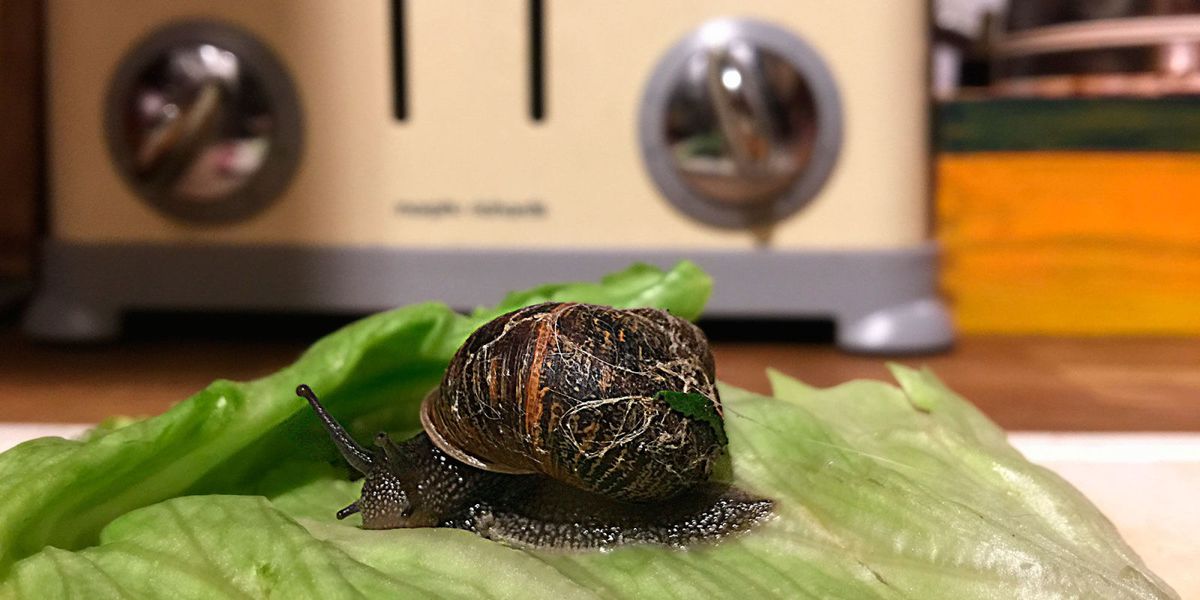Slugs are one of the most well-known nursery bugs, however dissimilar to most other leaf-crunching critters you find in your nursery, they aren’t creepy crawlies. All things being equal, slugs are land-staying mollusks that are more firmly identified with shellfishes than creepy crawlies or caterpillars. Confronting a slug perversion is not kidding business, loaded up with ooze trails, harmed leaves, and missing seedlings. Sorting out some way to dispose of slugs in the nursery without going to brutal manufactured synthetic slug lures, is an undertaking ready with old spouses’ stories and futile natively constructed cures. However, truly successful natural slug control is both reasonable and moderate, when you’re outfitted with the accompanying tips and data. If you are tired of snails in your house or park then you can take the expert help from snail pest control service and get instant help from professionals.
Table of Contents
Why is garden slug control so testing?
We should begin with the self-evident: slugs have a significant yuck factor. They’re foul and pretty darned nauseating. Most species are decomposers who feed on rotting plants and creature squanders. In any case, there are a modest bunch of slug species that want to benefit from living plant material, making them the most despicable aspect of numerous cultivators. In case you’re here to sort out some way to dispose of slugs in the nursery, these are certainly the species you’re managing.
In contrast to snails, slugs don’t convey a shell on their backs. All things considered, they have a little, saddle-like plate called a mantle. Since they do not have the insurance of a shell, slugs will in general take care of principally around evening time or on stormy days, when they’re shielded from the sun. During the day, they will in general stow away under rocks or in other dull, damp areas.
Nursery slug control can be troublesome on the grounds that multiple occasions the issue is misdiagnosed and the harm is accused of another nursery bug. Since slugs feed fundamentally around evening time, nursery workers will in general notify the harmed plants, however they can’t discover the offender when they search the nursery during the day. Thus, the reason for the harm turns into a riddle and the cultivator may decide to splash the plant with an overall bug spray trying to murder the bug, which is pointless, obviously, against a mollusk like a slug.
What does slug harm resemble?
Slugs are famous for obliterating youthful seedlings and various delicate leaves.
Here are some certain fire signs that a nursery slug control program is called for:
- If you come out to the nursery toward the beginning of the day and nothing is left from your seedlings except for leaf mid-ribs and stumps, slugs are a conceivable offender.
- Perfect, circular openings in tomatoes, strawberries, and other delicate organic products can likewise show a need to figure out how to dispose of slugs in the nursery.
- Ragged openings in leaf edges and focuses is another indication of slugs.
- Slime trails on plants, dividers, shakes, or mulch are another indication of slug inconveniences.
How do slugs feed and breed? (I know, I know… . TMI)
Slug mouths are fixed with minuscule, grater-like teeth that shred leaf tissue prior to processing it. This sort of taking care of makes openings with ragged edges, instead of the smooth-edged openings frequently left behind by leaf-biting creepy crawlies or caterpillars. Slugs proceed onward a discharged bodily fluid path that serves to both shield their body from drying up and message different slugs about their quality (obviously ooze trails can assist you with finding a mate… ).
Since you comprehend a touch more about these nursery bugs, it’s an ideal opportunity to take a gander at certain approaches to keep slugs out of the nursery normally.
Step by step instructions to dispose of slugs in the nursery: 8 natural strategies
1. Forestall slug harm with social practices.
This first methodology doesn’t include items, traps, or hindrances. All things being equal, it includes the moves you make in the nursery.
Slug anticipation methods include things like:
- Avoid utilizing free mulches where slugs are pervasive. Avoid straw, roughage, and destroyed wood mulches and decide on fertilizer or leaf form all things being equal.
- Avoid watering the nursery late in the day. Since slugs (and their eggs) flourish in wet conditions, consistently water toward the beginning of the day so the nursery dries by sunset.
- Switch from overhead water system to dribble water system which targets water at the root zone and keeps plant foliage dry.
- Plant safe plants. Slugs loathe plants with vigorously fragranced foliage, in the same way as other basic spices. They likewise loathe plants with fluffy or textured foliage.
- Slugs are a most loved food of various hunters. Energize winged animals, snakes, reptiles, amphibians, frogs, and ground insects to make a home in your nursery. Building a “creepy crawly knock” is one of the best approaches to control slugs normally (discover how to assemble one in this article).
2. Quit utilizing pesticides on your yard.
Firefly hatchlings are one of the most pervasive hunters of recently brought forth slugs, and putting manufactured pesticides on your grass doesn’t simply execute the “awful” bugs, it additionally murders gainful creepy crawlies, for example, fireflies, that live in the yard and assist you with controlling nuisances like slugs. All things considered, change to natural yard care strategies and let these great bugs assist you with controlling slugs normally.
3. Trap slugs utilizing sheets.
This is one of my number one stunts for how to dispose of slugs in the nursery, particularly the vegetable nursery. Lay 2×4’s between crop lines at sunset and afterward the next evening, when the slugs take cover underneath them to stay away from the sun, flip over the sheets and gather the slugs or cut them down the middle with sharp scissors. You can likewise effectively trap them underneath upset watermelon skins set all through the nursery.







